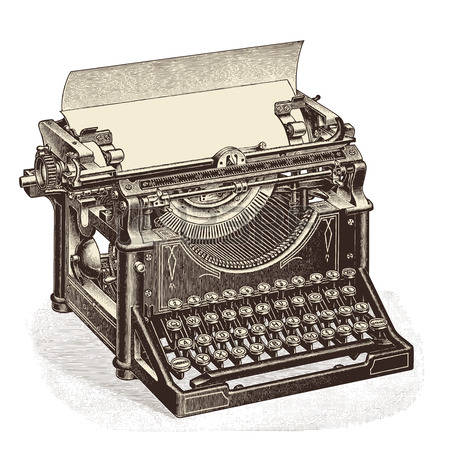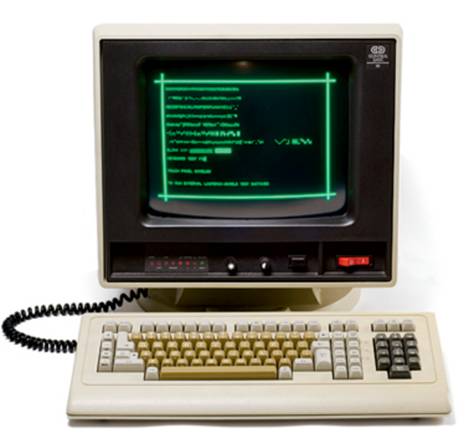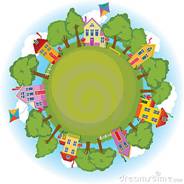
Salty Sam’s Fun Blog for Children
Number 478
Mass Media
Hello Everyone

Miss Pringle has had an idea to start the Rocky Bay Primary School Gazette.
She hopes to get the first copy out before the end of next term and she hopes to have a contribution from every child in the school. They can write an article or submit photos or drawings.
lt is a very exciting new project and will be an interesting focus for English lessons in the coming weeks.
She is going to get a reporter from the Rocky Bay Gazette to come to the school and talk about the work they do as a reporter.
The children are very excited!
l am sure that the Rocky Bay Primary School Gazette is going to be phenomenal.
There have been news sheets going back to ancient Rome over 2,000 years ago and many others produced since then through the centuries in Europe.
The first newspaper in the format we know today printed in English was the Oxford Gazette.
lt was printed in November of 1665. lt had text in columns and was widely available to the masses.
Before that, news was obtained from pamphlets that only high society would be able to obtain.
The newspaper was first printed in Oxford where King Charles ll was living with his court in order to try and avoid the black plague that was ravaging London at the time.
When he thought it was safe to return to London in 1666, he brought his court and Oxford Gazette with him and it became the London Gazette which is an official paper that is still published today. lt is over 350 years old.
This newspaper was also shipped out to the New World to send news to the Colonies.
The earliest newspapers in the 17th century were the beginning of mass media. That means giving content for consumption by a lot of people.
We have many different newspapers today of course and many of them are published online to save paper and transport fuel.
About 200 hundred years later, the radio was invented and was to become the next broadcaster of information to the masses.
By the end of the 1800s, Guglielmo Marconi, an ltalian, had put together a radio which could pick up information broadcasted using radio waves.
While he introduced the first radio to the public, it was very similar in design to that of the work of Nikola Tesla who was one of the first to patent a means of producing radio frequency waves and, therefore, the first radio.
By the 1920s, radio was the biggest new media in the world – just as the television was being invented.
The radio was the only form of broadcasting through World War ll and newsreel on film was shown to cinema audiences.
But after the war was over in the 1940s, television really started to take off.
lt was superior technology because you had vision as well as sound.
Television screens became bigger and then colour.
Typewriters invented in the late 1800s, have been in offices for nearly 150 years and can produce sheets of standardised type.
ln the 1980s, computers were connecting more and more – and in the 1990s, the lnternet was connecting people more than ever before.
A company called Xerox PARC launched the first desktop computer to the public in 1973 which allowed a user to type on and navigate over a screen using buttons. These were called function keys; we still use them.
But Microsoft became the biggest company to take off in the industry of desk top computers after that. They introduced ‘gooey screens’ which were more user-friendly than function keys. GUl stands for graphic user interface which means using graphical icons instead of typing commands on a keyboard.
One of its founders, Bill Gates, became the richest man in the world at one point.
The best content in newspapers, on the radio or on television or on the lnternet gets the best attention and the biggest audiences.
Parliaments may make laws saying what people can and can’t do; but the media has huge influence on the way people think. lt chooses what to broadcast and what not to; it chooses what to say about information it gives out.
lt makes people famous, whether they are pop stars, footballers, actors or politicians.
Some content goes viral. That means that it will attract massive attention – but probably only for a short while. lt has no lasting power.
People who blog or start a You Tube channel don’t need the kind of money that people who own newspapers, radio channels or television channels need.
Therefore, the lnternet has made sending out information a lot more democratic. That means lots of people can give opinions rather than just a few people with money and power.
Some people are not allowed to say what they want, however.
You can learn lots of interesting things online too that you don’t learn at school.
Lots of people have lots of interesting ideas that they can tell you about. They show you how they live their lives and give you lots of tips and tricks to improve yours!
Of course, not everyone knows what they are talking about so you have to be careful what you believe!
lt has been estimated that there are now more people in the world who have mobile devices than working toilets.
lf you like my blog, please support it by telling all your friends and followers about it.
Thank you!
And see you again next Fun Friday!
Love and kisses
Salty Sam

www.christina-sinclair.com


Bill and Bob’s Joke of the Week![]()
![]()
Bob: There is an interesting piece of news in the Rocky Bay Gazette this week.
Bill: What does it say?
Bob: A lorry overturned on the highway spilling its load of wigs.
Some of them blew away and police are combing the area to try and find them all.
Bill: Ooooo!

Salty Sam © Christina Sinclair 2015
Unauthorized use and/or duplication of material from this blog without express and written permission from this blog’s author and owner is strictly prohibited.
Links may be used to www.christina-sinclair.com

Picture Gallery
 Old mechanical typewriter
Old mechanical typewriter
 A mechanical typewriter with a Qwerty keyboard
A mechanical typewriter with a Qwerty keyboard
The keys were positioned so that nobody could type fast enough to get them jammed together
as they flipped up and hit the ink tape onto the paper

Computer screen had green type on a black screen to start with
and computers were not connected to each other

Keyboards could be in the same unit as the computer but they were much bigger
than the laptops we use and carry around today


 THE SALTY SAM NEWS DESK
THE SALTY SAM NEWS DESK

This week, Auntie Alice got the children involved in one of her plans again.
Captain Jack got roped in too because she needed him to bring his car.
The problem was that the Rocky Bay Animal Rescue Centre needed more bedding for its animals – and so did the vet surgery which is in the same building.
Auntie Alice printed up some flyers and got the children to help her post them through the doors of lots of cottages in Rocky Bay. Captain Jack and l went to help so that we all worked in a big group.
With seven of us working together we went round at quite a speed.

We were asking people if they had any old sheets or blankets they could contribute to the cause.
Then at a later date we would go round again.
We would give people a couple of weeks to sort out their cupboards and then go back with Captain Jack’s car.
If anyone had put the flyer up in their front window as a sign they wanted us to call, we would know to knock and collect their contribution.
Every time Captain Jack’s car got full he would go back to the animal rescue centre and he and Auntie Alice would unload the sheets and blankets from the car and put them into a store cupboard. She was waiting for him there.
Every seat in the car was filled up as it drove off.
I stayed with the children waiting for the car to come back.
Five car loads were collected and the stock that was put away will last for a long time to come.
What is more, if anyone has any old sheets in future, they will know where to take them.
There will always be someone at the centre to gratefully take them in.


*********************
*********************

 Quick Quiz
Quick Quiz
What are these things?
They are all mass media.
- n _ _ _ _ _ _ _ _ s
- t _ _ _ _ _ _ _ _ n
- l _ _ _ _ _ _ t
- r _ _ _ o
- m _ _ _ _ _ _ _ s




lt’s the Weekend!

HOW TO MAKE A SClSSORS CASE
If you ever take your knitting or sewing to another place, or even just keep your scissors in a knitting bag, it would be a very good idea to keep the blades together and protected.
You may need to knit more rows than the number of rows of stocking stitch in this pattern because you may have a very large pair of scissors.
CASE (KNIT TWO)
Using 4mm knitting needles and white dk yarn cast on 8 stitches
Knit 26 rows of stocking stitch
Knit 4 rows of garter stitch
Cast off
TO MAKE UP
Using over-sew stitching and with right sides together sew up bottom and side seams

Please note that the material on this blog is for personal use and for use in classrooms only.
It is a copyright infringement and, therefore, illegal under international law to sell items made with these patterns.
Use of the toys and projects is at your own risk.
©Christina Sinclair Designs 2015


Quick Quiz Answers
- newspapers
- television
- lnternet
- radio
- magazines


Always remember!
This is under your control!


NO FOMO!


